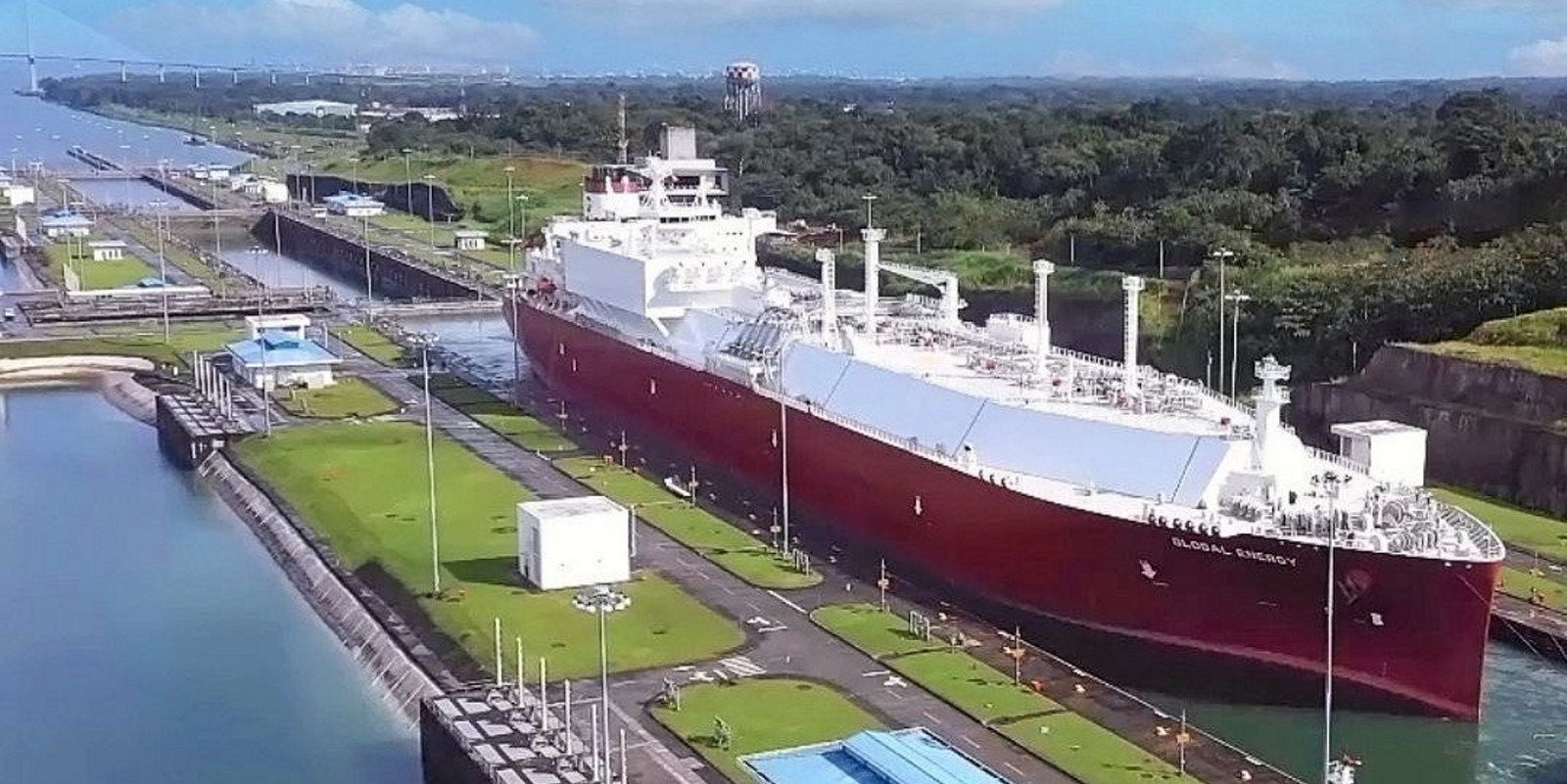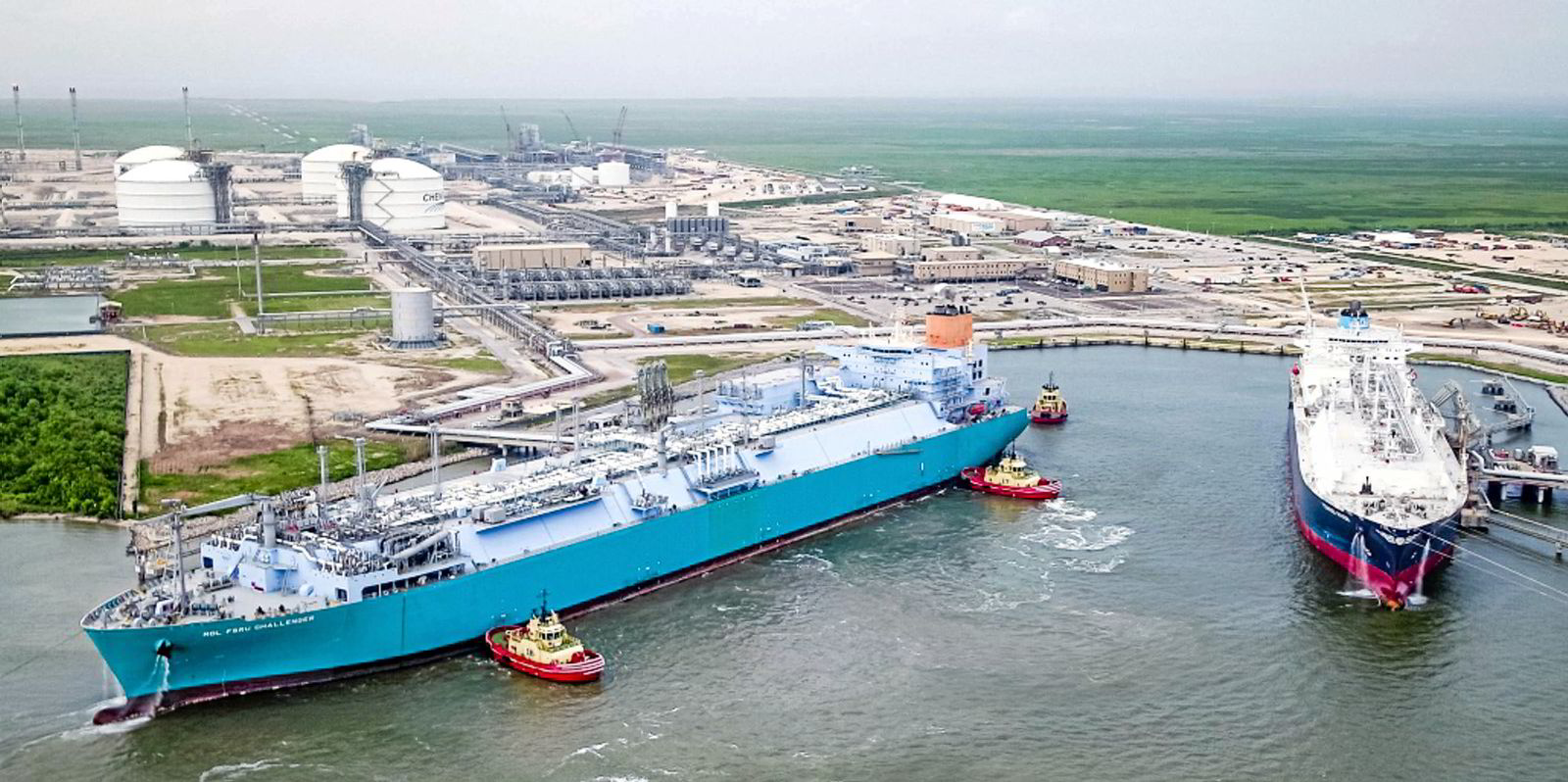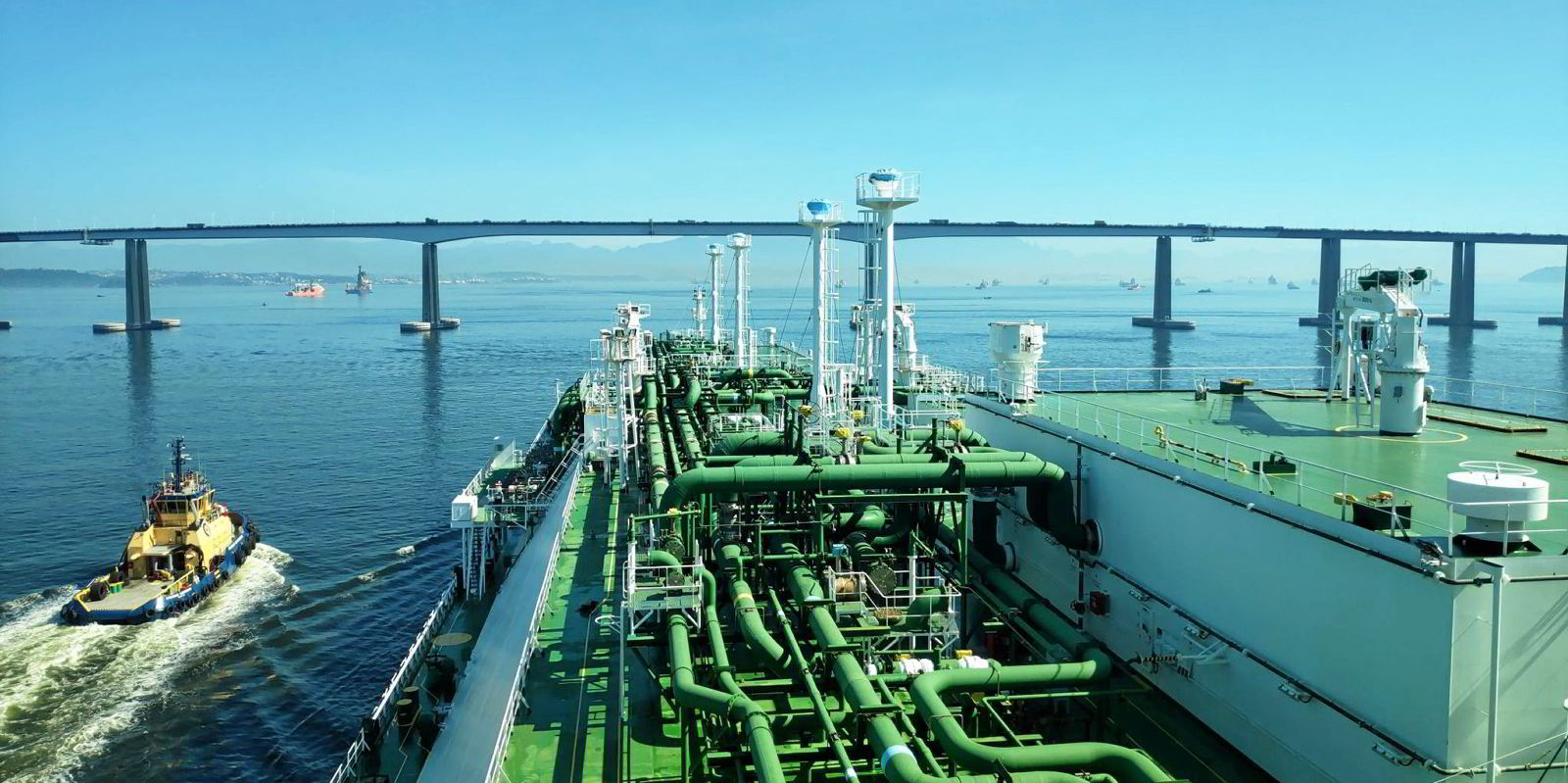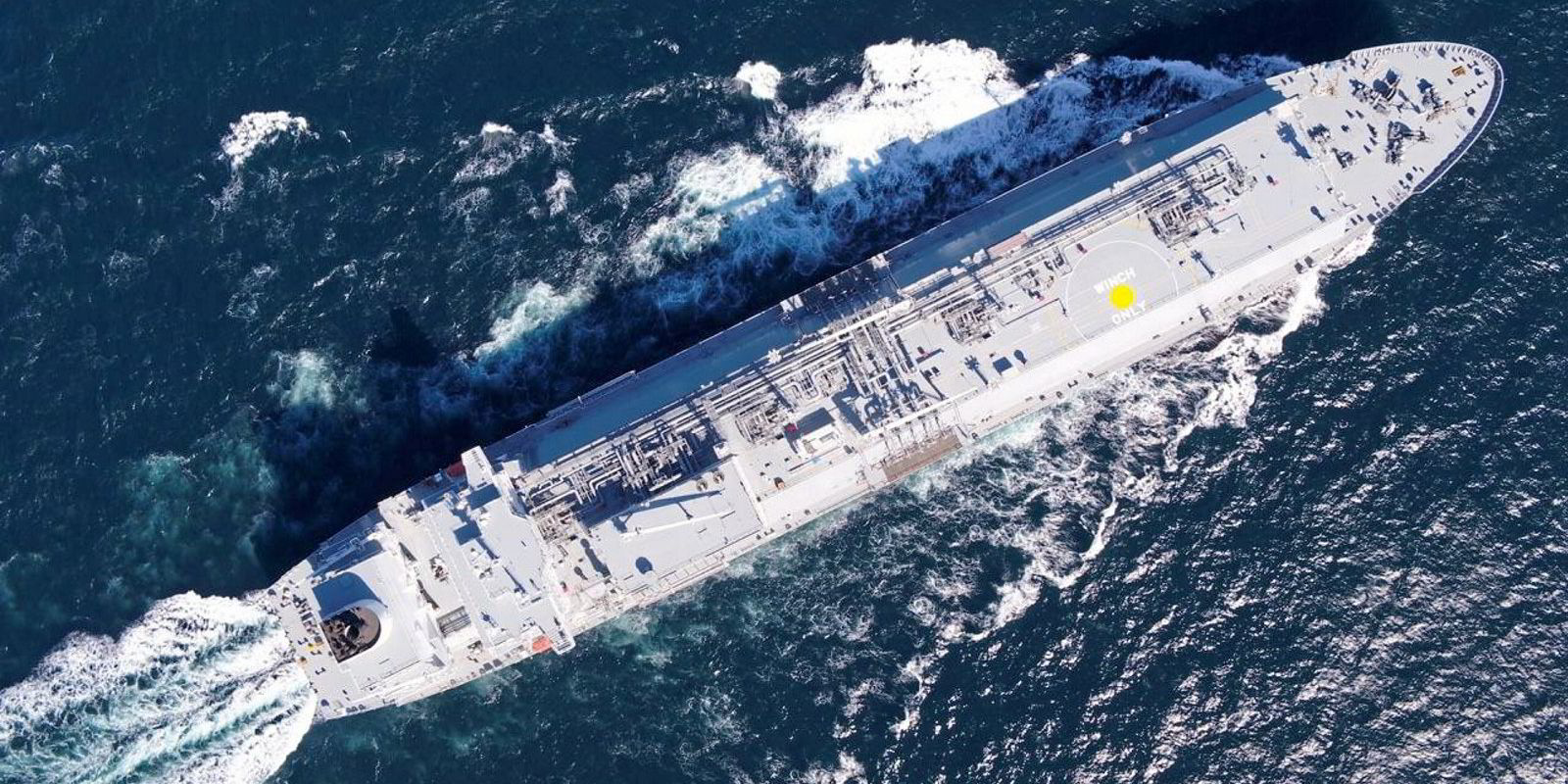Spot rates for LNG carriers have jumped 87% in October in a sharper seasonal rise than seen in the same month of the previous two years.
Speaking on an LNG webinar hosted by Kpler Research, Spark Commodities' Henry Bennett, who covers business development, stressed the price seasonality of LNG freight.
Bennett said historically October has been a transition month into the period of higher rates.
In both October 2019 and 2020, he said the market saw rates double.
But he continued: "We're only halfway through October and that seasonal pattern seems to be repeating itself this again year and potentially in an even more extreme way as we see that rates have rallied 87% already this month and we're only two weeks into October.
Volatile expectations
"Spot is moving up sharply in line with seasonal patterns."
He said the Spark FFA forward curve in is pricing rates in a peak in December of about $150,000 per day, which is around the top of the market for 2019 but well below the $350,000 per day spike logged in winter 2020.
Bennett said expectations for the fourth quarter have been quite volatile over recent months.
In early August, the Spark FFA curve was pricing fourth-quarter rates at just under $150,000 per day but over late August and September it moved down quite sharply to around $110,000 per day.
Bennett said this was largely due to a reduction in expectations of the tonne-miles demanded off the freight market based on strong European LNG prices and the expectations that this would allow the region to attract US cargoes further into the winter period over competing Asian buyers.
But he said this has now rebounded with the recent increase in LNG freight rates and returns on US cargoes pointing to a stronger cargo pull from Asia.
Bennett said this leaves current fourth-quarter levels at about $130,000 per day.
He added that with today's very high cargo prices, freight costs remain a very small part of delivered cargoes.
Supply-demand picture
Kpler senior LNG analyst Laura Page said global LNG supply in the first nine months of this year is up by about 5% at 286m tonnes (mt) with the US contributing the most at about 21 mt.
But there have been supply disruptions from Trinidad & Tobago, Nigeria LNG, Peru LNG and Norway amounting to around 11 mt of lost volumes.
Kpler expects another 8 mt to 9 mt of LNG supply to be added this winter, with the bulk of this growth coming from the US.
But Page warned of the potential for Panama Canal congestion to disrupt supply.

Kpler senior commodity analyst Reid l'Anson said China's LNG demand is up 11 mt in the first nine months of this year with other Asian buyers, such as South Korea and Japan alongside South American importers, taking volumes at the expense of competitors in Europe.
He said China will become the world's top LNG buyer this year on the back of the cold winter seen last year and improved first-half industrial growth. But winter demand will depend on the weather, coal-to-gas switching and pipeline imports.






